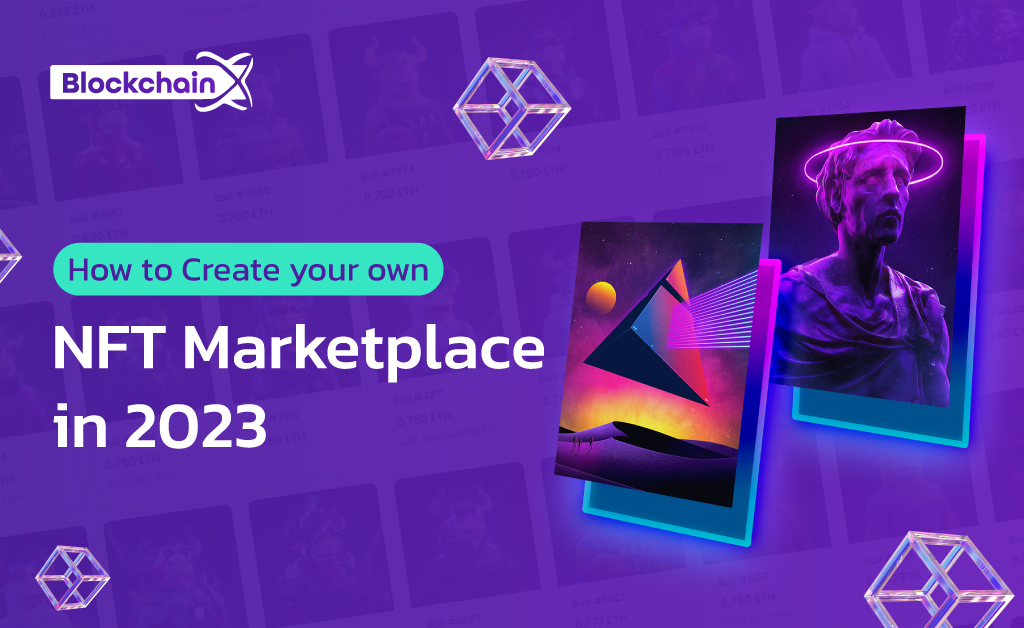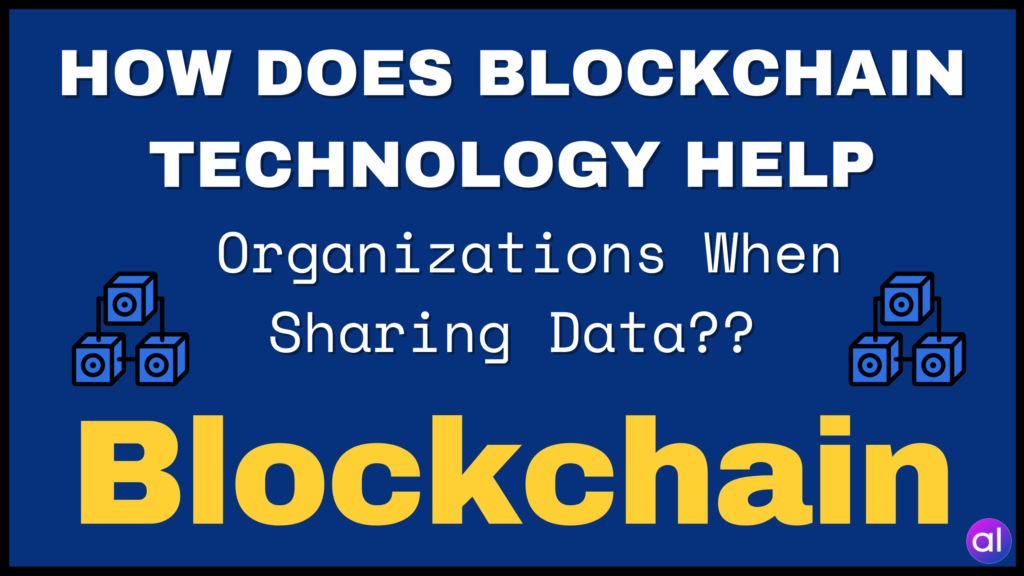
You must have been intrigued by the recent surge in the digital economy from 2014 to 2022! Entrepreneurs are thriving with the emergence of NFTs and exploring the possibilities of blockchain platforms. An NFT Marketplace is a powerful trading platform for NFTs driven by smart contracts and blockchains. Unlike fungible tokens, NFTs allow for unique trading opportunities with innovative solutions.
With its distinctive features and development solutions, the NFT marketplace stands out in the crypto space. As an entrepreneur, understanding how to create an NFT marketplace in 2023 can unlock a lucrative web3 business idea.
What is an NFT Marketplace?
An NFT marketplace is a platform where non-fungible tokens from various creators and owners are bought and sold. Platforms like OpenSea, the world’s largest NFT marketplace, showcase a wide range of collections and individual NFTs. Users can create, launch, buy, and sell digital assets for collectibles or resale, with the marketplace owner earning commission fees from these transactions.
Technological Innovations in 2023: Features of the NFT Marketplace
Storefront
The storefront is the landing page where trading and bidding occur. It should be visually appealing to attract visitors and generate leads.
Listings
Sellers can list their minted NFTs on the marketplace for users to explore and purchase.
Search Explorer
This tool helps buyers navigate through NFT collections by providing a search bar for easy browsing.
Filter Options
Users can filter NFTs based on various criteria such as domain names, prices, and owners to refine their search.
Bids
Users can place bids or participate in auctions like English and Dutch auctions to purchase NFTs at desired prices.
Wallet
A digital wallet is essential for storing and trading NFTs securely within the marketplace.
Reviews and Ratings
Feedback from previous traders is crucial for new users to make informed decisions.
NFT Rankings
NFT rankings showcase the potential value of NFTs to users, driving interest in specific categories.
Favorites in NFTs
Users can save their favorite NFTs for future reference, similar to a wishlist.
Smart Contracts
Smart contracts ensure secure transactions on the marketplace by enforcing predefined rules for buyers and sellers.
NFT Marketplace Development in 2023: Step-by-Step Guide
Launching an NFT marketplace involves designing flawless features and hiring top blockchain developers. The process includes selecting a niche, choosing a blockchain technology, optimizing UI/UX, implementing front-end and back-end features, integrating smart contracts, setting up storage systems, incorporating necessary configurations, testing with beta versions, and finally deploying the marketplace.
2023 Trends in the NFT Marketplace
The NFT market continues to expand rapidly, offering innovative solutions across various industries. Some notable trends include NFT Gaming Platforms, NFT Arts Platforms, NFT Sports Platforms, NFT Community Platforms, NFT Cryptocurrency Platforms, NFT Collectibles Platforms, NFT Fashion Platforms, and NFT Logos Platforms.
Technological Stacks and Services for NFT Marketplace Development
1. Golang – Improves back-end development features.
2. Solidity – Coding language for smart contracts.
3. LevelDB – Distributed ledger for blockchain access.
4. Ethereum – Blockchain application tailored for NFT marketplaces.
5. ETH Gas Station – Provides Ethereum transaction cost information.
6. CoinMarketCap – Cryptocurrency price tracking tool.
Closing Thoughts
NFT marketplaces have become a popular choice among internet users, offering unique opportunities for income generation. By creating a feature-rich NFT marketplace, users can tap into this lucrative market with a custom-built ecosystem. Collaborating with skilled developers can help bring your NFT marketplace vision to life.



